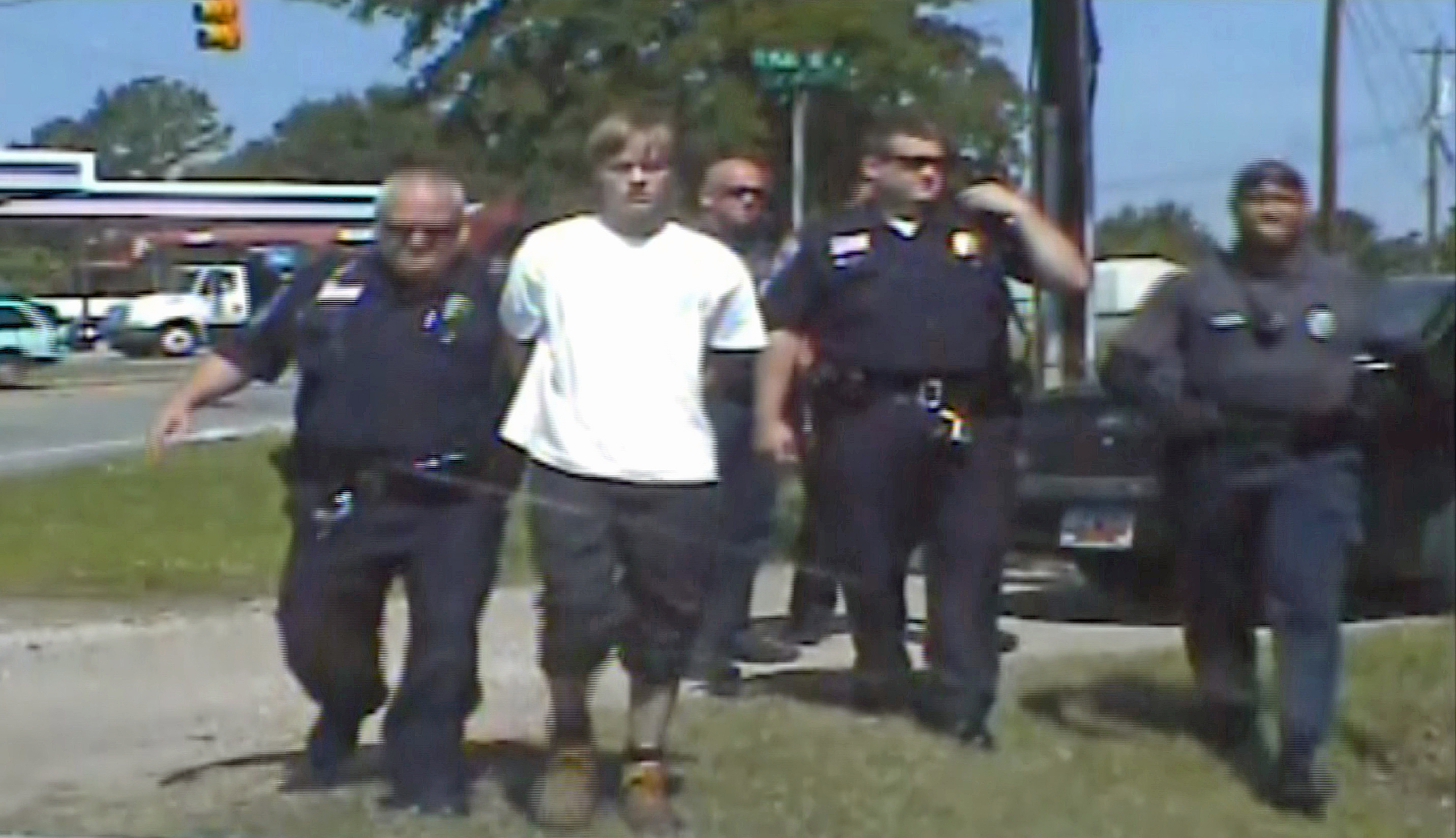A disturbed individual kills, and the media searches for reasons why. Sometimes, the killer obligingly cites a pop culture phenomenon as inspiration. Mark David Chapman, the man who shot John Lennon, saw himself as the living embodiment of Holden Caulfield, the hero of J.D. Salinger's "The Catcher in the Rye," who loudly declares his hatred of "phonies." Chapman, who considered the former Beatle a prime phony, took that hatred up one psychotic notch on Dec. 8, 1980, when he fatally shot Lennon at the entrance to his New York apartment building. Chapman perused Salinger's novel while waiting for the police.
Sometimes, however, the inspirations are more veiled — or the media simply gets them wrong, as in 1999, when it incorrectly labeled the two teenage killers of 13 people at Columbine High School as devoted fans of heavy metal rocker Marilyn Manson. (The association nearly derailed Manson's career, though he gamely agreed to be interviewed for Michael Moore's 2002 documentary "Bowling for Columbine.")
Today's mass murderers often have an Internet presence that reveals such influences. Dylann Roof, the 21-year-old white supremacist who shot and killed nine worshippers at a historic African-American church in Charleston, South Carolina, on June 17, posted a racist manifesto on his website that cited Sion Sono's 2011 drama "Himizu" as his "favorite" film. The manifesto also quoted that film's troubled teenage hero, played by Shota Sometani: "Even if my life is worth less than a speck of dirt, I want to use it for the good of society."

















With your current subscription plan you can comment on stories. However, before writing your first comment, please create a display name in the Profile section of your subscriber account page.